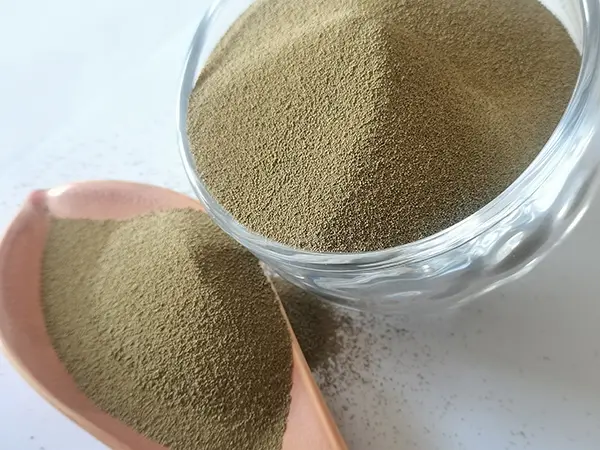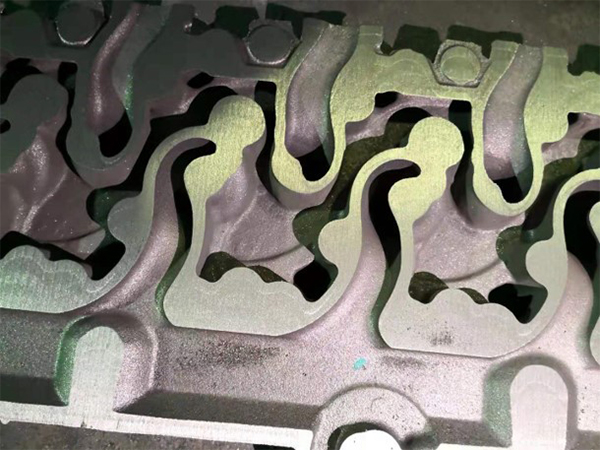

Safety cannot be overstated when sanding ceramics. The microscopic dust generated can pose health risks if inhaled, necessitating the use of protective masks and goggles. Adequate ventilation further mitigates these risks, creating a safer working environment. Professionals also emphasize the importance of maintaining the integrity of the workpiece; excessive pressure can lead to breakage, undermining hours of painstaking effort. Authoritative voices in the ceramic community often stress the role of practice and patience. Mastery over the sanding process not only enhances the aesthetic quality of a ceramic piece but also its functional durability. Experienced artisans understand the importance of intuition—how a particular ceramic body responds to different abrasive techniques. This level of expertise is cultivated over time, with each project contributing to a deeper understanding of the material. Trust in the products and techniques chosen is a cornerstone for success. Feedback from fellow professionals and customer reviews guide the selection of tools and materials. Companies specializing in ceramic abrasives often provide detailed guidelines and support, underscoring their commitment to quality and service. This partnership between artisans and suppliers fosters a collaborative environment, where innovation and traditional craftsmanship coexist harmoniously. In conclusion, sanding ceramic is not merely a preparatory step but an art form in itself. It requires a blend of scientific knowledge and creative flair, guided by experience and a commitment to excellence. Whether you are refining an industrial component or a handmade art piece, the secrets to success lie in the mastery of technique, thoughtful material selection, and, above all, an unwavering dedication to the craft. Post time:sij . 09, 2025 11:15
Next:Innovative Sand Ceramic Products for Modern Living
